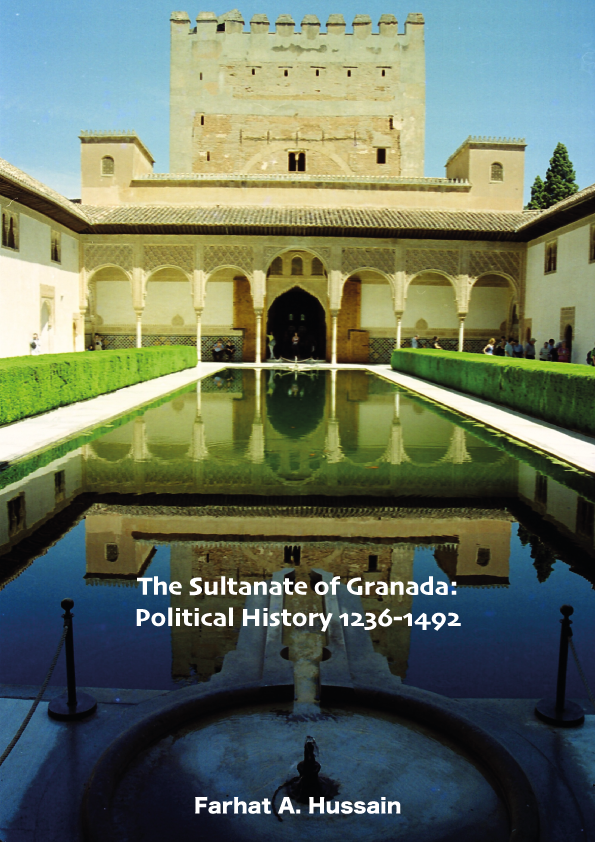
The Sultanate of Granada: Political History 1236-1492
Author: Farhat A. Hussain
c. 16,000+ words
297 mm x 210 mm
Details to follow
The final period of Muslim rule in Spain, the Nasrid family ruled the Sultanate of Granada in the southern-most part of Spain from 1236 to 1492. Due to the conquests made by Castile, Aragon and Portugal in preceding decades and more recently concerning Valencia, Cordoba, Seville and other towns, cities and regions, the earliest history of the Sultanate was fraught with danger. This predicament continued throughout much of its history. Despite its much smaller size than Castile the Sultanate benefitted from a large army and many castles and forts as well as a very well-motivated army, state and population, some of whom included large numbers of refugees from conquests of their former homes by Castile and Aragon to 1236. The Sultanate was able to ensure its survival for a considerable period whilst facing forays also from military orders, some military action on larger scale from the north and occasionally actions from the Marinid Sultanate in Morocco. Alliances, sometimes with the Marinids in addition to the state of Navarre located to the north of Castile and with the latter aided the survival of the Sultanate of Granada as did its economic, political and military power despite the occasional strife within the Nasrid ruling family. However, the scale of the division between the Sultan Abū’l Hasan (1464-82, 1483-85) and his son, Boabdil (Muhammad XII: 1482-83, 1486-92) in the early 1480s together with other factors resulted in combined military intervention of a large-scale by Castile and Aragon. Consequently, despite great military efforts, the Sultanate was conquered in phases between 1482 and 1492. Although the Pope and interested parties in other parts of Western Europe played a role in the invasion and conquest, no Muslim state came to the aid of Granada despite its appeals. Civil war in the Ottoman state and the war between the Ottomans and the Mamluks of Egypt is addressed as also the role of both developments in relation to end the Sultanate of Granada. Following its surrender on 2nd January 1492, King Ferdinand and Queen Isabella transferred their formal residence to the Alhambra (Al-hamra/the red), the former palace city of the Nasrids where they received Christopher Columbus and agreed to support his voyage across the Atlantic. Drawing on primary and secondary sources, this study provides overview and insight of this final period of Muslim rule in Spain, addresses a variety of persons, developments and issues and extends to the immediate aftermath of the end of the Sultanate of Granada. The author is very well versed in the history of this state as places as also other aspects of the history of al-Andalus (Muslim Spain) and other states and phenomena of this period. Initially scripted as a distinct piece of work, this essay is also included in the book by the author The Alhambra. Supported with illustrations.